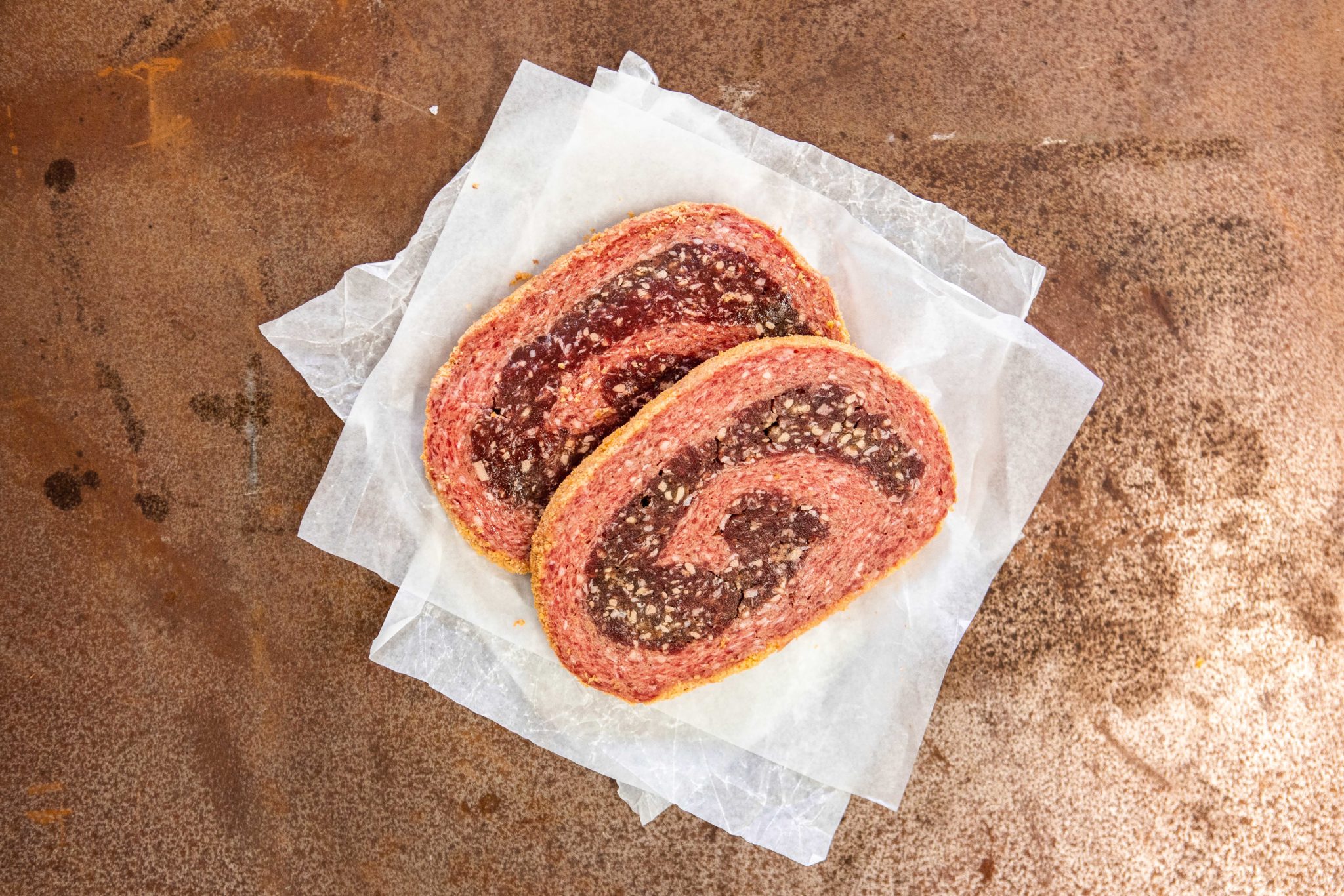
Meat Roll ubicaciondepersonas.cdmx.gob.mx
March 19, 2015. 2 Min Read. Last week's Industry At A Glance chart focused on the beef industry's long-standing trend in which a great percentage of the slaughter mix is grading Choice and Prime. The focus occurred because, in combination, the total percentage of Choice and Prime carcasses recently surpassed 75% - a new record.

What Does No Soliciting Mean In Italian Neveazzurra
There are eight different USDA beef grades: prime, choice, select, standard, commercial, utility, cutter and canner. Prime being the highest beef quality and canner being the lowest. When talking steaks the focus is on prime, choice and select. The main criteria that the USDA used when grading beef are intramuscular fat and the maturity of the.

Where Does the Phrase "No Worries" Come From? Reader's Digest
Lip-On Ribeye is essentially a Prime Rib roast without the bones. The "lip" that is left on refers to a two-inch (5 cm) piece of meat that is left on at the end of the ribeye muscle. The lip piece is largely fat, with some meat in it. Because it is largely fat, the overall price per pound should

How Many Kids Does Jelly Roll Have? The Good Mother Project
Beef Loin, Tenderloin, Full NAMP 190A & 1190A Steaks. This is what most people think of when you mention tenderloin: the main muscle ( psoas major) is cut into 1" to 2" thick steaks with the excess fat and silver skin removed. Most fine dining restaurants will serve filet mignon steaks trimmed this way. Photographs: NAMP Meat Buyer's Guide.

Camilla Pedersen On Swiss Performance Running Shoes
The No Roll Technique. The no roll technique eliminates the need for rolling and tying the ribeye steak, offering several advantages over the traditional method. Tenderizing: By not rolling or tying, you allow the meat fibers in the ribeye steak to relax naturally during cooking. This results in a more tender and juicy final product.
Trip saver question ? What does no load 0amp mean? No one at co op
"No-Roll" The very best quality meat categories get processed first, like "Prime," "Certified Angus Beef," and "Choice." The first three categories are the most excellent quality and are the most valuable. The "No-Roll" product is the last to be processed. Much of the beef in grocery stores are in the "Select" and "No-Roll" category.

What does NO, mean The Confident Eater
Modest or higher marbling - There are 7 levels of marbling in the beef in most meat counters. Select has slight. Choice has small, modest, and moderate. Prime has slightly abundant, moderately abundant, and abundant. Medium or Fine Marbling Texture - With USDA grading, coarse marbling is cause for beef to be knocked down one grade level.

Nvidia could be up to something odd with nextgen Blackwell GPUs and
The Meaning of No Roll in Meat. No roll in meat refers to a method of cooking or preparing meat where it is not rolled into a ball or shape, but left in its original form. This method is often used in the context of making meatballs or meatloaf, where the meat is shaped into a ball or loaf before cooking.
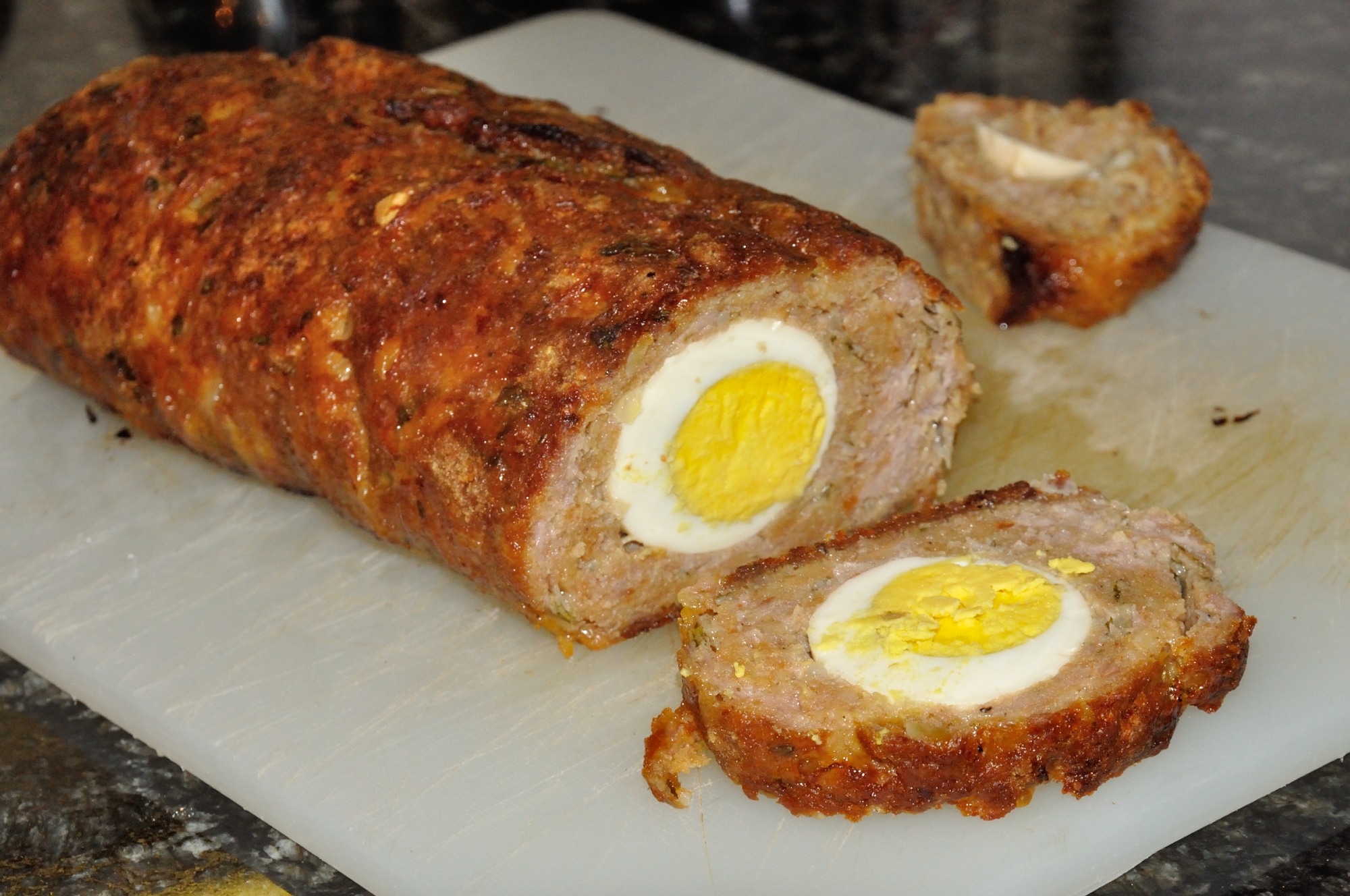
Meat Roll (Mäsová Roláda) recipe Slovak Cooking
Techniques. By Kellie Evans. Published on September 26, 2011. No matter what part of the whole tenderloin your cut comes from, it's a good idea to tie the meat with kitchen twine before cooking. A.

I never seen this till now what does no shipment mean? Was I refunded
No-roll beef is a type of ground beef that has never been put through the process of rolling and shaping. This means that it is not compressed into a dense, uniform shape like traditional ground beef. Instead, it is left loose, which gives it a more natural texture and allows it to cook up with a more tender and juicy consistency.

Map, Diagram, History
Tenderloins have a narrow end and a thick end. To ensure consistency, roasts & steaks are typically cut from the thick end. Roasts can be made from the thin end by cutting the smallest portion off and trussing it to a thicker portion using butcher's twine. The thin end can also be sliced for beef medallions. These tenderloins are sold with.

How to Draw Hair
The term 'no roll' refers to the stamp used; it's a metal roller that's inked that goes down the primals so you can see the grading on each one when it's cut into it's primals. A choice or prime roller has that grade on it and it continually repeats the grading label as it rolls on the carcass; no roll means it has not been rolled with a.
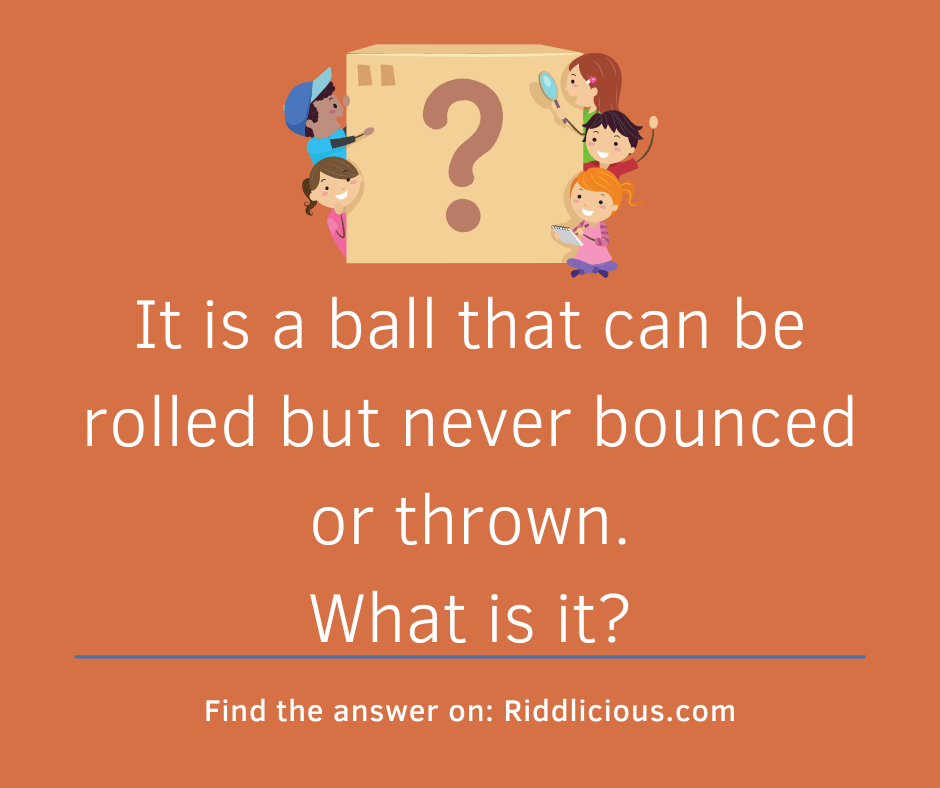
It is a ball that can be rolled but never bounced or thrown. What is it?
A term used to describe beef that has not been graded by the USDA. Beef carcasses graded by the USDA have a grading stamp rolled on the exterior fat of the carcass to identify the grade of the meat. Carcasses not graded have no USDA rolling stamp, hence the name "No-Roll". Unlike the mandatory USDA safety inspection paid for by the.

No Location Found vs Location Unavailable Solving the Mystery!
No-roll beef is usually the least expensive option of beef selections. No roll beef refers to beef that has not been graded by the USDA or any other grading service. This means it hasn't undergone an official evaluation for qualities like marbling, tenderness, and flavor that are typically used to classify beef into grades such as Prime, Choice.

aaj lord se mila r/dankinindia
Ribeye Steak. This steak is rich, juicy and full-flavored with generous marbling throughout. Sold bone-in. Due to the exceptional taste and tenderness Beef Rib Steaks deliver for operators and diners alike. Bone In Rib Steaks offer great plate coverage and impressive presentations. 23g PROTEIN.
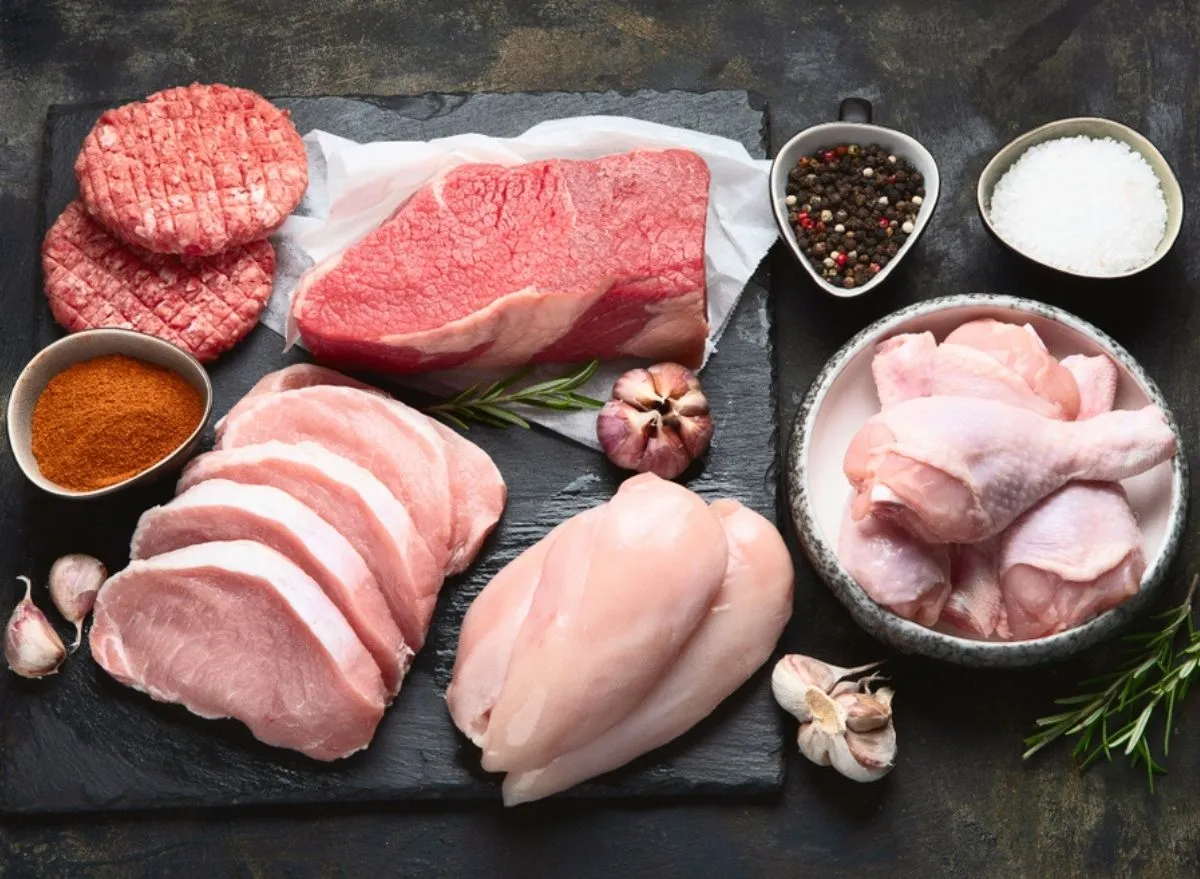
The 14 Best HighProtein Meats, According to Dietitians
A no roll ribeye steak is a cut of beef that comes from the rib section of the cow. It is known for its rich marbling, tenderness, and delicious flavor. The term "no roll" refers to the fact that this particular cut does not need to be rolled or tied with butcher's twine before cooking.